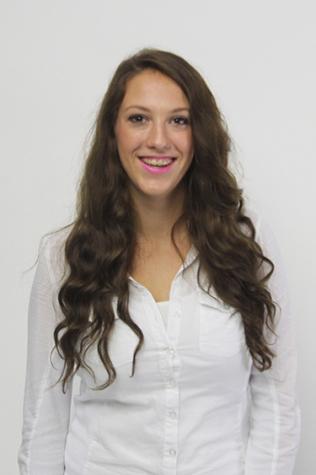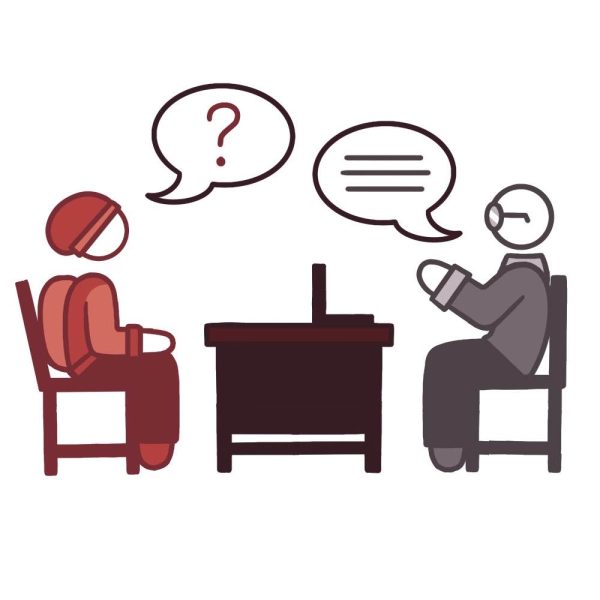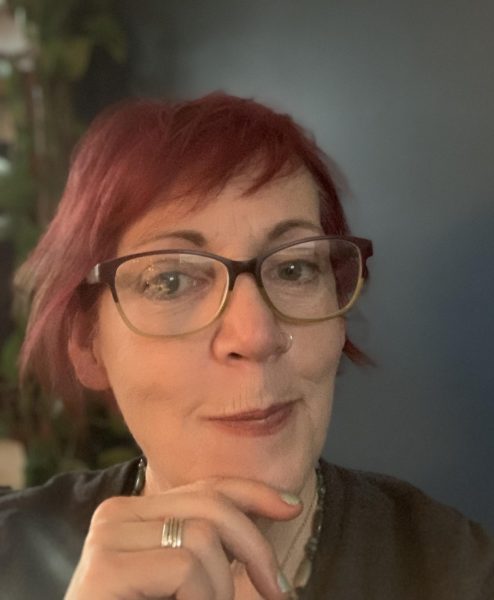EvCC Nursing Students Go Global: Nursing Students Volunteer Giving Medical Aid in the Dominican Republic
Former student Kimball Conlon singing to Genesis, a child with Spina Bifida, a birth defect which affects the spinal cord, at a children’s home in the Dominican Republic. Genesis, the wheelchair bound girl is enjoying the physical touch and love by snuggling right in.
Two cultures can come together in what nursing faculty Candace Whedon calls an “eye opening experience.”
For the past six years, EvCC has sent a team of around 20 nursing students down to the Dominican Republic, partnering with the organization Foundation for Peace to provide medical care to some of the Dominican Republic’s poorest communities.
Nursing Faculty Candace Whedon started fundraising for the first trip and ended up co-leading it. She’d been a nurse for 20 years and had never done a relief trip. Now she’s been on every Dominican Republic trip since, as a leader and advise to the nursing students. They often go to some of the same villages as previous years and she’s always excited to see the people, especially the ones who recognize Whedon from years past.
The team stays in the Foundations for Peace house in Santo Domingo, and is accompanied by Haitian and Dominican doctors and college students from the Dominican Republic who act as translators. During the week they are there, they set up three clinics in three different villages, often gathering in the village church. Recent graduate Kimball Conlon, who went on the December 2014 trip remembers making good connections with translators, especially one named Maura who accompanied her to each village.
The villagers often live in stone or lean-to style homes where a family of eight shares one to two rooms. There’s no electricity, and usually only one community bathroom, devoid of plumbing. What strikes students most, says Whedon, is how happy and resilient people are in spite of living in poverty and often suffering from parasites and malnourishment.
In the makeshift clinics, the team works in twos, serving families, who may or may not be related. “A lot of what we do is education,” says Conlon. The nursing students teach villagers about hygiene, nutrition, and hydration; why boiling their drinking water is important. A common ailment is anemia, and students have to encourage these patients to eat iron rich foods while remembering they’re in a culture that eats differently.
During the trip, nursing students were able to do more than nurses can do in the states, said Conlon. They were able to access villagers needs based on symptoms and make decisions for their patients. Malnutrition is rampant, sometimes due to parasites in unsafe drinking water, so they pass out 30-day supplies of multivitamins to as many as possible. “We give that out like candy,” says Whedon.
Villagers have a strong sense of community. Once, near the end of the day, the team had run out of multivitamins, and there was a family who really wanted them to help with malnutrition, recalls Whedon. The students felt horrible, and could only give them Neosporin. Instead of being upset, the patients responded with thankfulness, and said they were just happy to be seen and that the team was able to help their community.
Both Whedon and Conlon say they got more from the experience than they could possibly give. Whedon says it’s the relationships and the global health perspective. She says you can’t teach that in the classroom. Some of the students feel guilty when they see people surviving off of so little. Conlon’s response: “What we have enables us to be here.” She says as a nurse when she starts to feel jaded or cynical, this trip is “the thing I am going to come back to.” For anyone considering a medical relief trip, Conlon’s advice is to “go without any expectations.” And “Remember that you’re in somebody else’s country.”

How did you get here?
I took journalism 110 Media Writing last winter quarter. After class I was talking to Andrew about an assignment, and he suggested...





